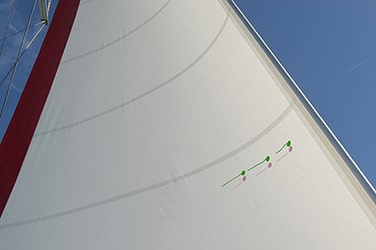Understanding How Airflow Creates Lift
The Need For Smooth Airflow
Have you ever been in the wash of a big wave at the beach? Could you imagine trying to control even a small piece of plywood inside that wave as it is breaking? That’s called the turbulent flow of a fluid. In turbulent flow, the molecules of the fluid are going in all directions randomly banging and bumping into each other. Your plywood would be up and down and turned all about.
Air is a fluid just like water. In the traditional thoughts of a fluid, it doesn’t really seem so because you can’t drink air like water but they behave similarly when it comes to banging molecules, flow and lift, etc.
So when it comes to control of a board, piece of plywood, or any flat surface in a fluid you’ll agree now, after the wave crashed on you above, that we want to operate with smooth molecular flow of the fluid. Anytime we get turbulent flow we’re destroying the ability to efficiently control the surface. Another name for smooth airflow is laminar flow, you’ll hear them used interchangeably at any sailing school.
Consider this animation of how fast-moving air creates low pressure. You can try it yourself with a piece of paper. Simply use a hair dryer to blow across the top and watch the paper get sucked upwards. And it’s a cool physics lesson for the kids.
Click the “on” button on the hairdryer below.
Figure 1.3-1 The hairdryer demonstrates lift from moving air
This phenomenon was first mathematically derived by Bernoulli who published the equation in 1738. Simplified, it states mathematically that when air speeds up, the pressure drops, when the air slows down the pressure increases.
Just like an airplane getting lifted vertically into the sky by its wings, a sailboat gets lifted horizontally through the wind across the surface of the water.
Now watch this animation for a few seconds as the airplane wing morphs into a sail and sailboat.
Figure 1.3-2 A Wing Morphs into a Sail
Note: The vector forces here are a slight simplification. As you’ll learn in Module 5, we need to take into account the drag and friction force on the sail, but for now, this helps you get the overall picture.






